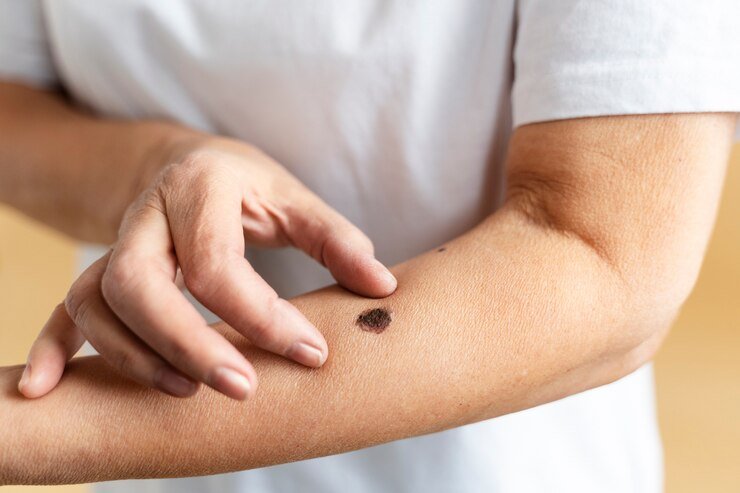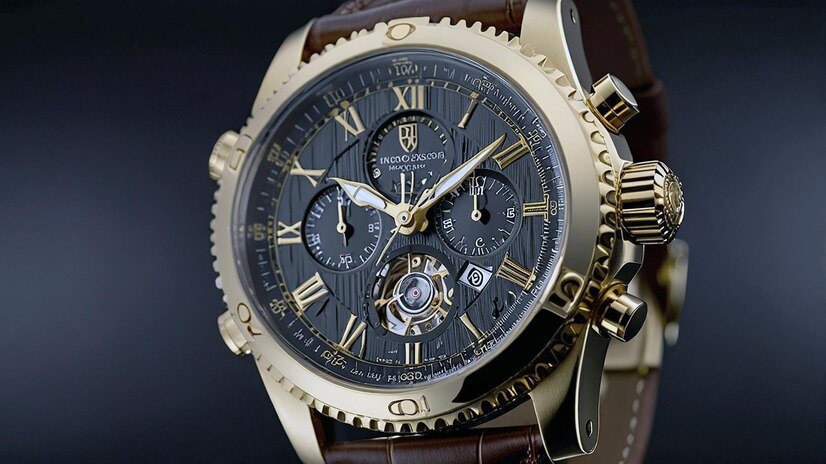Have you ever suddenly developed excruciating skin blisters? Should that be the case, you may have Blisterata. We are here to clarify what precisely Blisterata is, its causes, symptoms, available treatments, and much more. This bothersome illness can be uncomfortable and annoying. Let us thus unwind, sit back, and explore the world of Blisterata together!
Blisterata: what is it?
Blisterata is a skin disorder typified by the development of fluid-filled blisters on the skin’s surface. For those afflicted, these blisters can range in size and be irritating or uncomfortable. Blisterata can lower the quality of life even though it is not fatal.
Blisterata blisters can form from irritation, burns, infections, allergies, or underlying medical problems. Blisters are the outcome of the body’s reaction to these triggers accumulating fluid beneath the skin’s outer layer.
To properly manage and treat blisters, the underlying cause must be found and addressed. Through knowledge of Blisterata and its possible causes, people can actively reduce symptoms and encourage healing for better skin.
List of Blisterata Causes
Friction is one of the main reasons that can set off blistarata. Blisters can develop on skin that is repeatedly rubbed or pressured. Usually, this results from tight clothing, uncomfortable shoes, or hard physical exertion.
Blisters can also develop on the skin from burns and sunburns, which are well-recognized culprits. Burning blisters can happen from prolonged exposure to high heat sources like fire or hot surfaces. Comparably, blisters from severe sunburn can result from extended exposure to dangerous UV rays without sufficient protection.
Blisters may also be a result of some medical disorders including eczema, herpes infections, and allergic responses. Blister formation can be increased and the skin’s barrier function weakened by several underlying health problems.
Furthermore, chemical irritants present in cosmetics or home goods might set off an inflammatory reaction that results in the surface of the skin blistering. The only way to stop recurrent Blisterata episodes is to recognize and stay away from these possible causes.
List of Blisterata symptoms
Recognizing the symptoms of Blisterata is essential if you think you may have it. One frequent sign is the development of skin blisters filled with fluid, frequently accompanied by redness and discomfort in the afflicted area. These blisters could sting or hurt and come in different sizes.
Blisterata also causes soreness and swelling around the blistered area in addition to a burning feeling there. As their body battles the infection causing these blisters to form, people may occasionally also feel feverish or exhausted.
If you detect any changes in your skin and if you experience chronic or worse symptoms linked to Blisterata, you should get medical assistance. Both discomfort can be reduced and problems can be avoided with early diagnosis and treatment.
List of Blisterata Types
Blisterata may show up in several ways, each with special traits and consequences of its own. Blisters packed with fluid are the hallmark of one kind, called Vesicular Blisterata. For those afflicted by this kind, these blisters can be uncomfortable and unpleasant.
Bullous Blisterata is another variety, in which the skin develops bigger, fluid-filled blisters. Because these blisters are prone to burst readily, open sores that need to be carefully managed and treated result.
Blisters bursting with pus on the skin’s surface are the hallmarks of pustulous blisterata. This kind can point to an inflammatory or underlying infection that has to be properly diagnosed and treated right away.
Knowing these several forms of Blisterata is essential to figuring out the best way to treat symptoms and enhance the quality of life for people with this skin disorder.
diagnosis and therapy
Blisterata is usually diagnosed by physical examination by medical professionals who evaluate the appearance and placement of blisters. Sometimes confirming the diagnosis requires a biopsy.
Tests of the blood or other laboratory procedures may be advised to identify the underlying reason for Blisterata. Finding any internal reasons causing blister development could potentially be aided by imaging tests such as MRI or ultrasound.
Usually, treating the underlying reason of Blisterata, such as controlling autoimmune diseases or infections, is the course of treatment. Blisters may heal and symptoms may be lessened with topical lotions or ointments.
In extreme circumstances, blister formation may be prevented and inflammation controlled with oral drugs such as corticosteroids or immunosuppressants. For the best possible treatment of blistrerata, closely adhere to the advice of your healthcare professional.
Guide to Blisterata Prevention
Keeping skin healthy mostly depends on preventing Blisterata. Foot blisters are mostly avoided by wearing appropriate shoes. Check that your shoes fit comfortably and have enough padding to lessen friction. Furthermore helping to keep your feet dry and stop blisters from developing are moisture-wicking socks.
New shoes must be carefully broken in to prevent rubbing and irritation that can cause blisters. For an additional degree of defense, use moleskin or blister pads in areas where blisters are likely to form. Blisters can also be avoided and your skin kept hydrated by avoiding extended exposure to dampness.
If you run or hike, two activities that raise the possibility of blisters, think about applying lubricants or powders made to lessen friction. Severe hot spots on your skin should be attended to before they turn into blisters. Take these preventative steps to reduce the risk of Blisterata and maintain healthy skin.
Blisterata living: coping strategies and networks of support
Though it can be difficult to live with blistarata, people can manage their illness with the use of social networks and coping methods. To lessen flare-ups, self-care must be given top priority, as does stress management. Even in the middle of the pain, incorporating relaxation methods like meditation or deep breathing exercises might help you feel calmer.
One can feel more understood and connected when they look for help from friends, family, or internet groups. Sharing stories with others who have Blisterata can create a supportive environment where individuals feel heard and validated. Therapy or counseling sessions may also be beneficial in helping to process the emotional toll that comes with controlling chronic skin disease.
Finding what suits each patient the best requires discussing several treatment choices with medical specialists. Personalized care catered to individual needs requires an open conversation about symptoms and concerns with dermatologists. Though having coping strategies and support networks in place can help, living with Blisterata is a trip full of ups and downs.
Synopsis
For early diagnosis and efficient treatment of Blisterata, one must understand the illness. Through knowledge of the causes, signs, forms, diagnosis, available treatments, preventive measures, and coping strategies linked to Blisterata, people can take preventative measures to safeguard their general health and skin. Recall that appropriate assessment and customized care need consulting a medical expert. For a happy life free from the pains of Blisterata, prioritize the health of your skin and remain informed.











